Regent House
Value engineered temporary propping design and efficient spoil removal for a space confined basement construction.
Contractor
Deconstruct UK
Location
London, UK
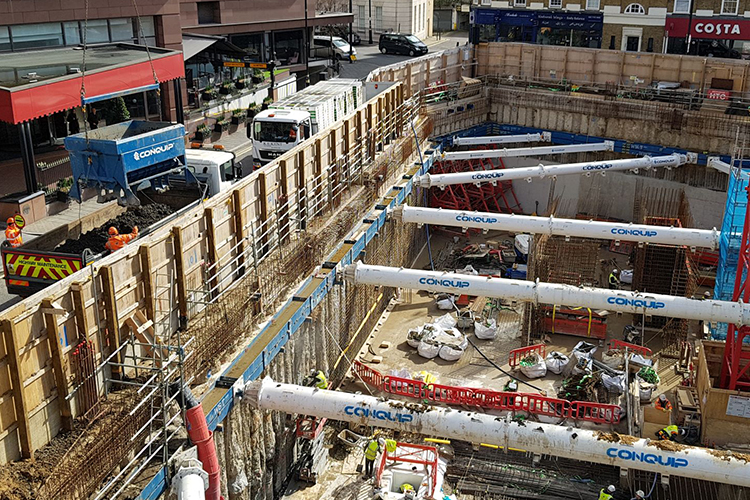

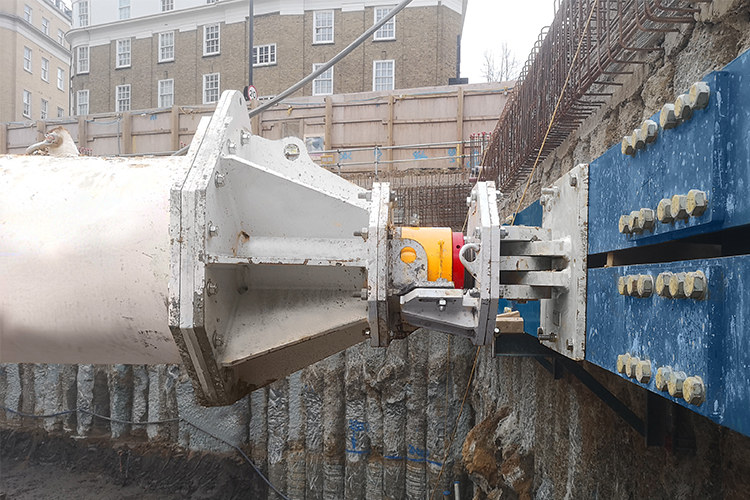
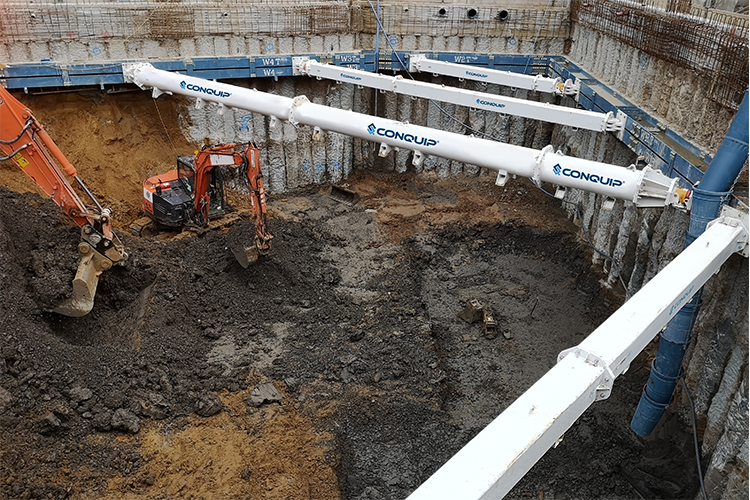
Challenge
Deconstruct UK approached us to discuss the excavation support scheme for the Regents House project. Deconstruct UK were the main contractor at Regents House project, responsible for the construction of a 2-storey basement and a ground floor slab.
The project was situated adjacent to the heavily congested Edgware Road, a ‘live’ hotel and near to a children’s day centre. This meant that Deconstruct UK had reduced operating hours for arranging deliveries and logistics movements around the project.
Any temporary works scheme had to minimise the risk of disruption to the main roadways and provide the maximum space between props for safe and efficient excavation. The footprint of the basement extended to the site boundary, which meant that there was no set-down area on the project. This led to a challenge with removing spoil from the site and meant that the installation of any props would have to be efficiently sequenced in accordance with the tower crane installation and the spoil removal.
Deconstruct UK approached Conquip as they needed a partner who could offer a consultation and design service, to rationalise a proposed temporary works scheme, that had been developed to satisfy planning conditions. They also needed a method for efficient excavation, while considering the limited set-down area available.
Solution
Working with the prior excavation support scheme, Conquip consulted the client’s structural engineer and Deconstruct UK’s temporary works engineer to propose a propping scheme that ensured minimal movements to the adjacent highways and permitted safe excavation throughout the project.
We looked at ways to reduce the number of props to allow maximum space for excavation, reduce cost and reduce the number of required deliveries to site. We also had to consider the size of each propping section to ensure the propping sections that made up the overall scheme were not too heavy for the lifting equipment available on site.
By reducing the number of props required for the scheme, we reduced the installation time that would be required and helped improve the sequencing plan for the vehicle movements around the project.
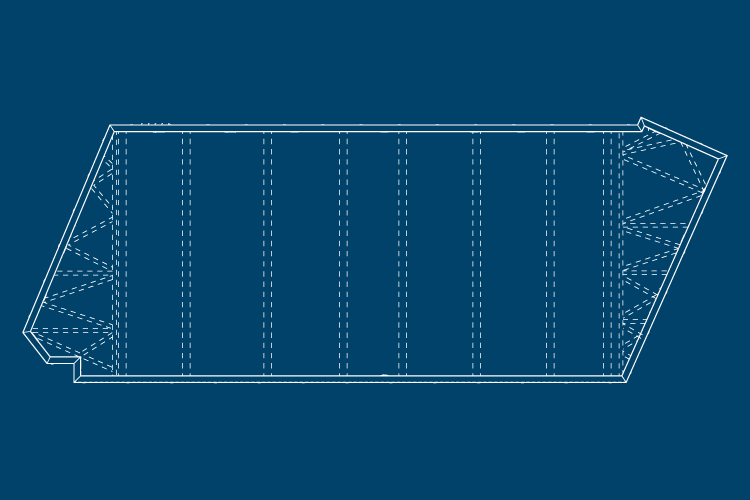
Propping Design Before
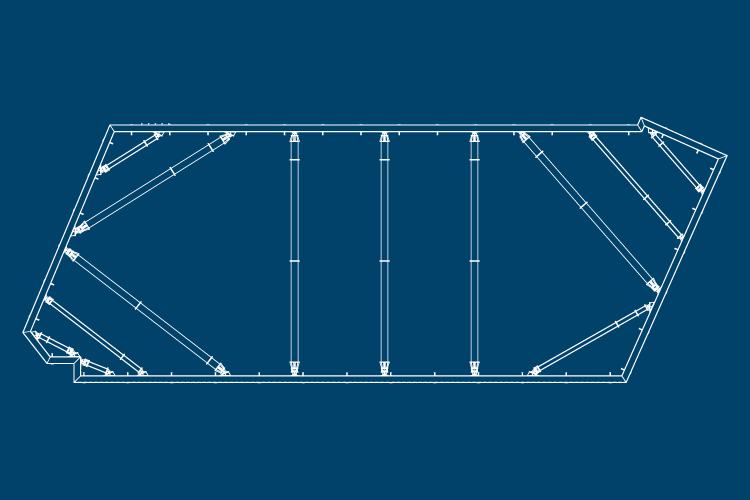
Propping Design After
As well as rationalising the design, we also developed a staged installation that allowed Deconstruct to retain half of the footprint at pile mat level in order to install the tower crane, while commencing excavation to formation level at the other end of the basement to allow the tower crane base to be installed and a large retention tank to be created. This well-considered scheme utilised 20 shear keys that were embedded into the secant retaining wall to resist the shear forces during the sequenced installation of the waling beam.
Also, Deconstruct UK had identified that due to a limited set-down area and a quick excavation programme, a long-reach excavator would not have been viable to complete the spoil excavation. We suggested using a direct-to-truck BulkX system, which provided efficient excavation, without the need of double-handling the spoil.
Throughout the duration of the basement construction, our projects team supported Deconstruct UK, including supervision during installation of the temporary propping and being on-call to help with any technical queries.
The Feedback
“Deconstruct hadn’t used Conquip for a propping scheme previously but we have worked with Conquip for a number of years and the service that we had been provided beforehand gave us the confidence that Conquip could deliver the project at Regents House.”
Director | Deconstruct UK





 Technical document library
Technical document library  Request brochure
Request brochure 